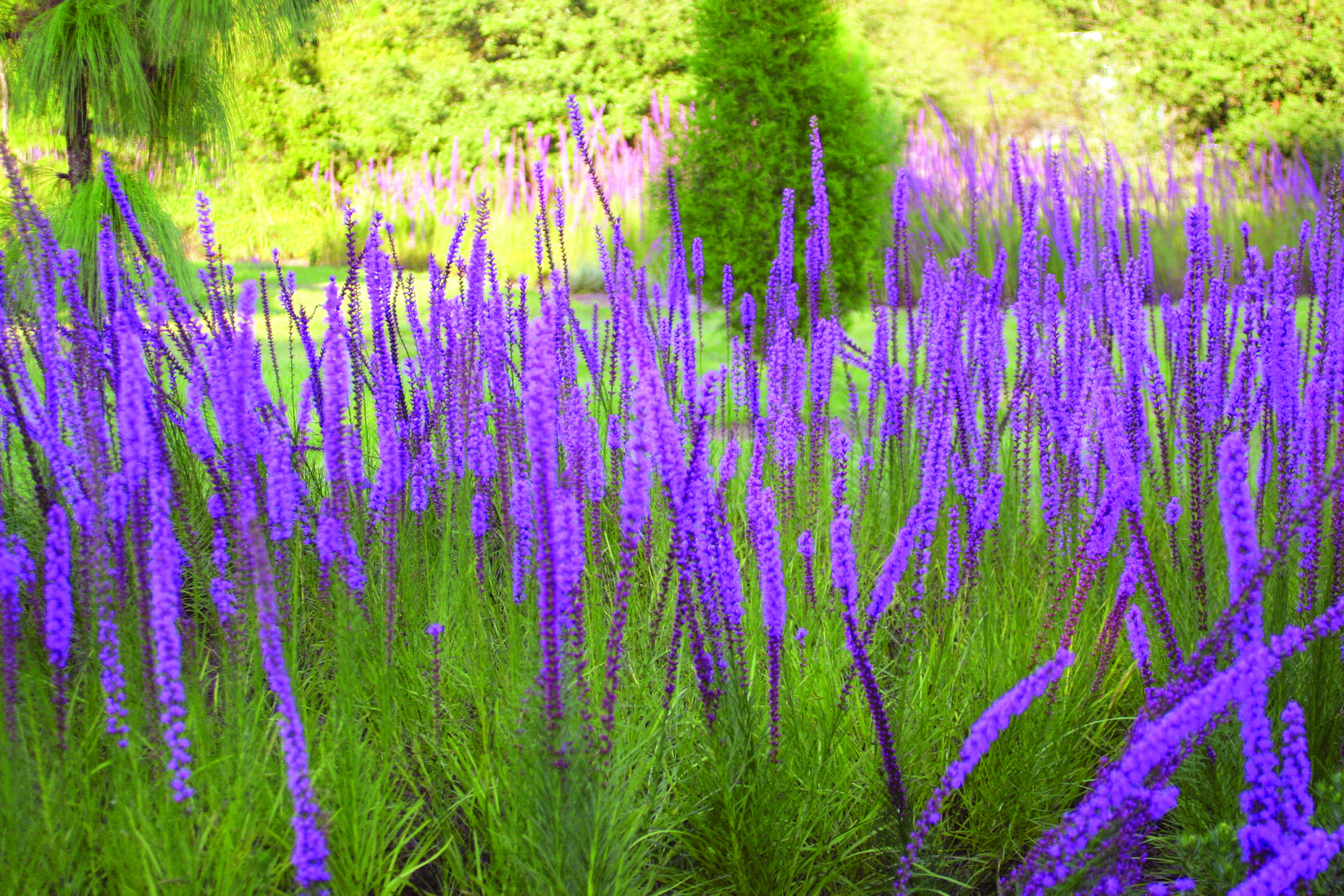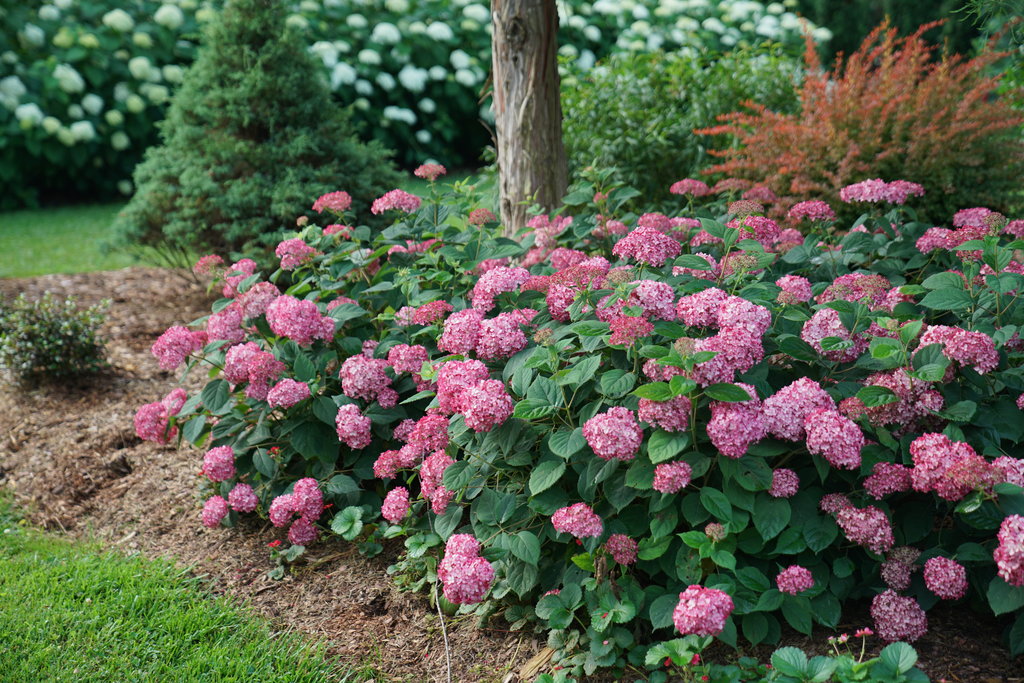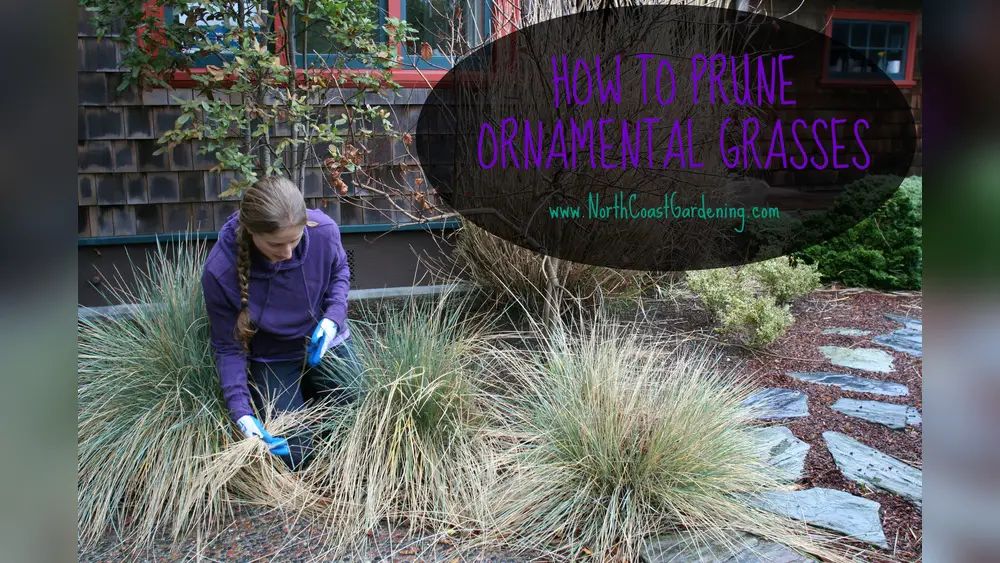Are you wondering when is the best time to cut back your outdoor plants in Florida? Timing your pruning just right can make a huge difference in the health and beauty of your garden.
If you cut back too early or too late, you might harm your plants or miss the chance to encourage fresh, vibrant growth. You’ll discover the ideal seasons and simple tips tailored to Florida’s unique climate. By following these easy guidelines, you’ll keep your outdoor plants thriving all year round.
Keep reading to learn exactly when and how to prune for the best results in your Florida garden!
Florida Climate And Plant Growth
Florida’s climate shapes how outdoor plants grow and thrive throughout the year. The state’s warm temperatures and high humidity create a unique environment for many plant species. Plants in Florida often grow faster than in cooler regions. This growth pattern affects the best time to prune or cut back plants. Knowing how the climate impacts plants helps gardeners choose the right pruning schedule. Proper timing supports healthy growth and keeps plants vibrant.
Seasonal Weather Patterns
Florida has a distinct wet and dry season. The wet season runs from June to September. This period brings heavy rain and high humidity. Plants grow rapidly during these months. The dry season lasts from October to May. It features cooler temperatures and less rain. Plant growth slows down in this time. Gardeners should avoid heavy pruning in the wet season. Cutting plants back during the dry season is often better. This timing helps plants recover quickly without stress from weather.
Impact On Outdoor Plants
Warm temperatures encourage continuous growth in many Florida plants. Some plants may even grow year-round. Pruning at the wrong time can cause damage. For example, cutting back during active growth may lead to weak new shoots. It can also increase the risk of disease. Pruning during cooler months helps plants heal faster. It reduces stress and prevents unwanted new growth. Understanding these effects helps gardeners keep plants healthy and strong.

Credit: www.flawildflowers.org
General Pruning Timeline
Knowing the general pruning timeline helps keep outdoor plants healthy in Florida’s climate. Pruning at the right time encourages strong growth and reduces plant stress. Each season offers a window to trim plants for best results. Follow these guidelines to keep your garden vibrant year-round.
Early Spring Pruning
Early spring is an ideal time to prune many Florida plants. This period is before new growth starts in earnest. Removing dead branches lets fresh shoots grow without obstruction. It also shapes plants for a better season ahead. Avoid heavy cutting, focusing on light trimming and cleaning.
Fall Pruning Considerations
Fall pruning suits some plants, especially those preparing for cooler months. It helps remove damaged or diseased parts. Pruning in fall can also reduce pest problems. Be gentle to avoid stimulating new growth that may not survive the cold. Use this time mainly for shaping and maintenance cuts.
Avoiding Late Summer Pruning
Late summer pruning can harm outdoor plants in Florida. This time often triggers new shoots that cannot harden before cooler weather. These tender shoots become vulnerable to diseases and pests. Avoid heavy pruning during this period to protect plant health. Focus on light trimming only if necessary.
Pruning Specific Plant Types
Pruning outdoor plants in Florida requires understanding each plant’s needs. Different plant types respond best to pruning at specific times. Knowing when and how to cut back helps plants grow healthy and look great. This guide focuses on the best pruning practices for native plants, perennials, trees, shrubs, herbs, and small bushes.
Native Florida Plants
Native plants thrive in Florida’s climate but still benefit from pruning. Cut back native plants after they bloom to keep them strong. Remove dead or damaged branches early to prevent disease. Avoid heavy pruning during the hottest months to reduce stress. Light trimming encourages new growth and flowering in the next season.
Perennials And Flowering Plants
Perennials need pruning to stay vibrant and bloom well. Cut back dead stems in late winter or early spring. For flowering perennials, prune right after the bloom ends. This helps the plant focus energy on new buds. Avoid cutting too much at once; gradual trimming works best for healthy growth.
Trees And Shrubs
Pruning trees and shrubs maintains shape and health. Remove broken or crossing branches anytime. Major pruning is best done in late winter before new growth starts. Avoid heavy cuts in summer to prevent stress from heat. Shrubs benefit from light trimming after flowering to promote fullness.
Herbs And Small Bushes
Herbs grow quickly and respond well to frequent pruning. Trim herbs like rosemary and thyme regularly to keep them bushy. Cut back small bushes in early spring to encourage new shoots. Avoid pruning during extreme heat to protect delicate growth. Regular trimming improves flavor and plant health.
Techniques For Cutting Back Plants
Cutting back outdoor plants helps keep gardens healthy and attractive. Choosing the right technique is key. Proper cutting encourages growth and prevents damage. Understanding different pruning methods improves plant care. Use the right tools and follow safety rules. This ensures a safe and effective gardening experience.
Light Vs. Heavy Pruning
Light pruning removes small branches and dead leaves. It helps plants breathe and grow steadily. Use light pruning regularly for a neat look. Heavy pruning cuts larger branches or removes large parts. It shapes the plant or controls size. Heavy pruning should be done carefully. It may stress the plant if done too often. Choose light pruning for maintenance. Use heavy pruning for major shaping or damage control.
Tools And Safety Tips
Use sharp pruning shears for small branches. Loppers work well for thicker branches. A pruning saw is best for large limbs. Clean tools before and after use to prevent disease. Wear gloves to protect your hands from cuts and sap. Use safety glasses to shield your eyes. Cut at a slight angle for better healing. Avoid pruning during wet weather to reduce infection risk. Dispose of cut branches properly to keep your garden tidy.
Benefits Of Timely Pruning
Pruning outdoor plants at the right time in Florida brings many benefits. It helps plants stay strong and healthy. Timely pruning shapes plants well and improves their overall appearance. It also stops problems before they start. Knowing when to cut back outdoor plants can save time and effort later. The results show in healthier gardens and better blooms.
Encouraging Healthy Growth
Cutting back plants at the right moment helps new shoots grow. It removes old, dead parts that block sunlight. This allows fresh leaves to get more air and light. Pruning also directs energy to strong branches. Plants become more balanced and sturdy. Timely pruning helps roots get enough nutrients, boosting growth.
Preventing Disease And Pest Spread
Removing damaged or diseased branches stops infections from spreading. It keeps pests away by eliminating hiding places. Proper pruning improves air circulation, reducing moisture buildup. Dry leaves and stems lower the chance of fungal diseases. Regular checks and cuts make plants less attractive to bugs. Healthy plants resist threats better.
Enhancing Flowering And Fruit Production
Pruning at the right time encourages more flowers and fruit. It removes old growth that no longer produces blooms. This helps plants focus energy on new flower buds. Better sunlight and air flow boost flower quality. Fruit-bearing plants grow larger, tastier fruits with proper care. Timely pruning leads to a more vibrant garden.
Common Mistakes To Avoid
Cutting back outdoor plants in Florida requires care and timing. Many gardeners make mistakes that harm their plants instead of helping them. Avoiding these errors leads to healthier growth and better blooms. Learn which common mistakes to watch for.
Pruning At Wrong Times
Pruning at the wrong time can stress plants and slow growth. Some plants need cutting back during dormancy, not while growing. Pruning too early or too late causes damage and weakens plants. Always know the best season for each plant type in Florida.
Overcutting And Damage
Cutting too much can harm outdoor plants. Overcutting removes leaves and stems needed for food. It can expose plants to pests and diseases. Prune carefully and avoid heavy cuts all at once. Gentle trimming helps plants recover quickly and stay healthy.
Ignoring Plant-specific Needs
Each plant has unique pruning needs. Some need light trimming, others a hard cutback. Ignoring these differences leads to poor results or plant death. Research your plants before cutting. Follow guidelines for species native to Florida for best care.
Seasonal Care After Pruning
After cutting back outdoor plants in Florida, proper seasonal care is essential. This care helps plants recover and stay healthy through changing weather. Good after-pruning habits support strong growth and protect plants from stress.
Each season brings different needs. Water, nutrients, and protection must adjust to the plant’s condition and climate shifts. Watching for pests ensures plants remain vibrant and safe.
Watering And Fertilizing
Plants need water to heal after pruning. Keep soil moist but not soaked. Water early in the day to reduce evaporation. Use slow, deep watering to reach roots.
Fertilize lightly after pruning. Choose a balanced fertilizer with equal nitrogen, phosphorus, and potassium. Too much fertilizer can harm new growth. Feed plants every four to six weeks during the growing season.
Protecting From Frost
Frost can damage fresh cuts and new growth. Cover plants with cloth or frost blankets on cold nights. Move potted plants indoors if frost is expected. Avoid heavy pruning late in the year to reduce frost risk.
Use mulch around plants to keep roots warm. Mulch also helps retain moisture. Frost protection is key for plants to survive Florida’s occasional cold snaps.
Monitoring For Pests
Pruned plants can attract pests. Check leaves and stems weekly. Look for holes, spots, or sticky residue. Early detection stops infestations from spreading.
Use natural pest controls like insecticidal soap or neem oil. Avoid harsh chemicals that hurt beneficial insects. Healthy plants resist pests better and grow stronger.
:max_bytes(150000):strip_icc()/gardenia_phixr-8ce27ede31ad4eff85d07fab967618ef.jpg)
Credit: www.southernliving.com

Credit: www.provenwinners.com
Frequently Asked Questions
Is October Too Late To Prune?
October is not too late to prune many plants. Prune after first frost for healthier growth and to prepare for spring. Avoid heavy pruning on trees to prevent frost damage. Light pruning on shrubs and perennials in October supports plant health through winter.
Can I Prune In September?
You can prune certain plants in September, like lavender and roses, with light cuts. Avoid major pruning on trees and shrubs to prevent frost damage.
When Should I Cut Back My Outdoor Plants?
Cut back outdoor plants in late winter or early spring before new growth starts. Avoid heavy pruning in fall to prevent frost damage. Light pruning in early fall suits some herbs and perennials. Always consider the specific plant type and local climate for best results.
Is It Okay To Trim Hedges In October?
Yes, you can trim hedges in October, but avoid heavy pruning to prevent frost damage. Light trimming helps maintain shape.
Conclusion
Timing matters when cutting back outdoor plants in Florida. Early fall suits light pruning for herbs and some perennials. Avoid heavy cuts on trees and shrubs to prevent frost damage. Pruning at the right time helps plants stay healthy and grow stronger.
Watch your plants closely and adjust care based on their needs. A well-timed trim keeps your garden vibrant year-round. Trust nature’s rhythm for the best results.

